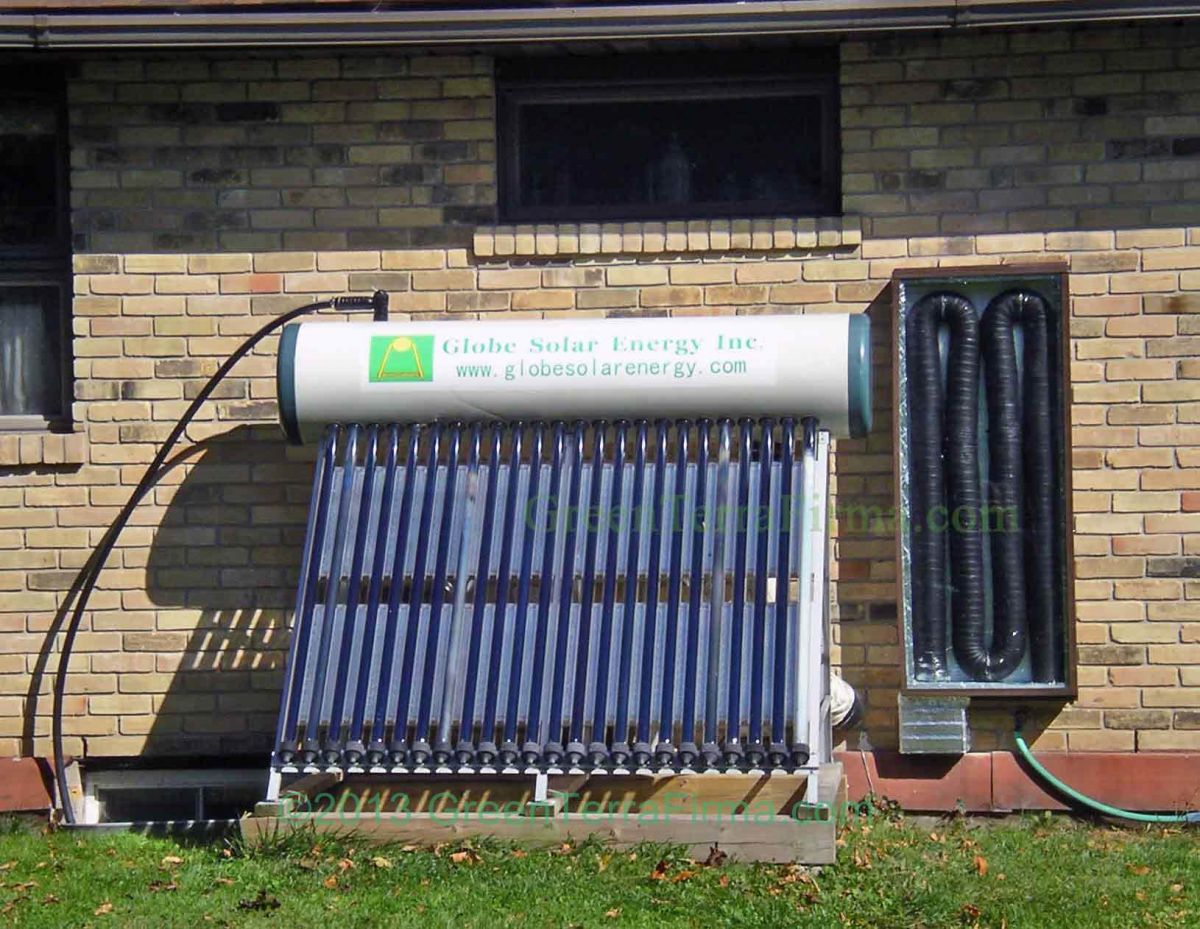
In this blog, we are going to talk about a few important ways for building your own solar air heater. The first one speaks about building an air heater from a solar ‘preheater”, while the second one deals with solar “can” air heater.
The first one i.e. solar air heater with “preheater” can be prepared with a minute investment of $50. The preheater of this air heater is attached with the air exchanger intake. Since the exchanger fan is installed on the lower end, it is capable of bringing up a difference of 20 degree Celsius between inside and outside temperature. When the fan runs on top speed it can easily rise room temperature by 15 degrees. It draws air through an opening in the right corner of its bottom and feeds the air exchanger through a connecting box that is located at the left corner in the bottom part of the unit. The materials required for this project includes a 20 feet 4” aluminium dryer vent that should be painted in black, along with, a “dual pane thermal” window, wood to make the box, 1” ISOTHERM for insulation of box, and some paint. Usually, the unit is placed above the air intake for exchange of air. You can get the dual pane thermal window can be purchased for $8 from any hardware store. The only point to be noted here is that the required results can only be obtained when the heater is placed directly in sunlight. It might not work well when sky is not clear.
Another way for building a solar air heater at home is with the help of aluminium drinking cans. It’s a mini sized passive heater that can be build from recycled aluminium beer cans. These are most suitable for small corners of your house like kitchen or attics. For larger spaces like living room you can use multiple heaters. The box for this heater can be built from 2” x 4” studs coupled with plywood sheet. For accuracy, you can take measurements 5 rows of 10 black painted aluminium drink or beer cans. The inner end of the box can be sealed with caulk that will keep the air from escaping. Cold air is absorbed from a hole located in bottom and gets heated up while the air passes through the system. Finally, hot air is released from the top end of the heater.
Filed Under: Reviews


Questions related to this article?
👉Ask and discuss on EDAboard.com and Electro-Tech-Online.com forums.
Tell Us What You Think!!
You must be logged in to post a comment.